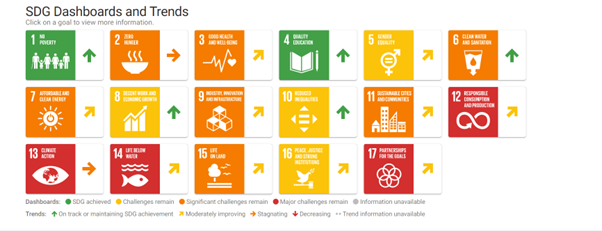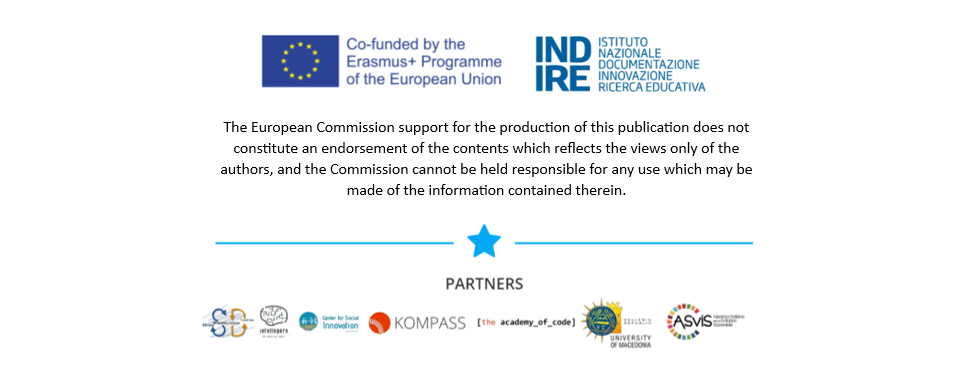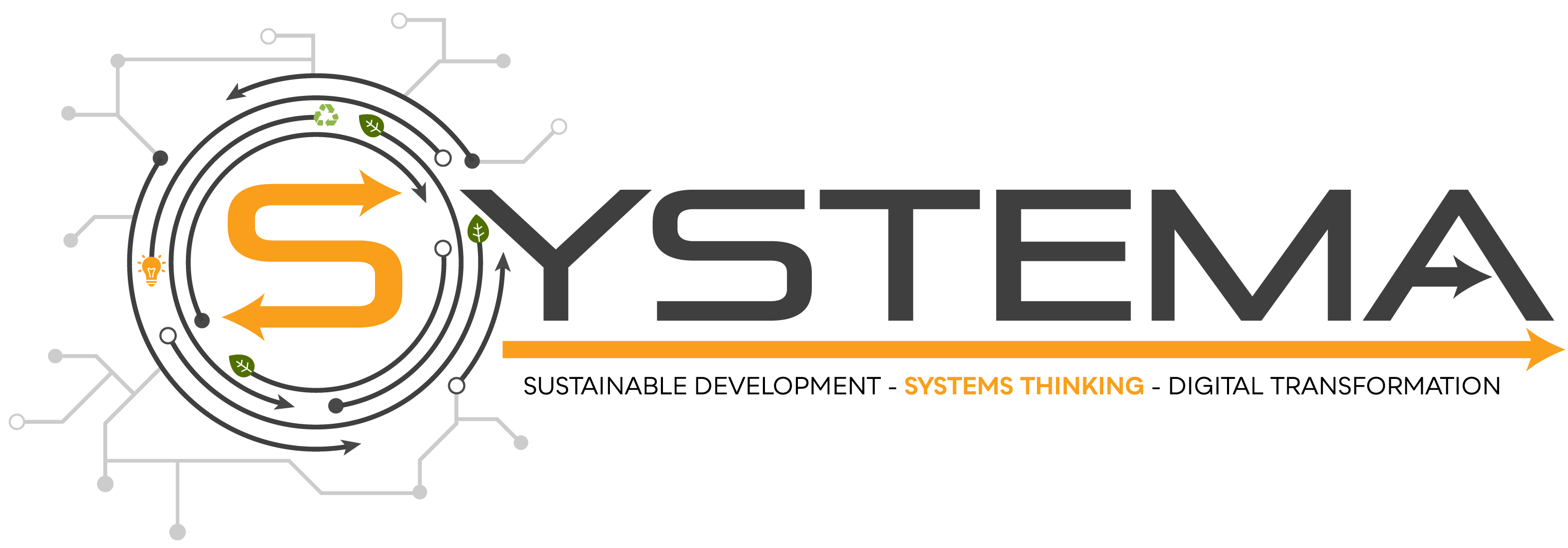On the 25th of September 2015, the 193 countries of the UN General Assembly adopted the 2030 Agenda for Sustainable Development, “a plan of action for people, planet and prosperity” and a “ a blueprint to achieve a better and more sustainable future for all“, (UN, 2015).
On the Agenda, 17 Sustainable Development interlinked Goals (SDGs), 169 targets and 232 indicators were set, which related to critical for the humanity and the planet areas, namely people, planet, prosperity, peace and partnership, covering the three dimensions of sustainable development: the economic, social and environmental. The goals are intended to be achieved by 2030.

Figure 1. The 17 Sustainable Development Goals
Major stakeholders including governments, international organisations and businesses have been integrating the SDGs into their sustainability strategies and policies. The EU has already mapped all its sustainability policies and frameworks to the 17 SDGs and the Organisation for Economic Cooperation and Development (OECD) has also aligned its sustainability efforts to the SDGs.
The UN has been assessing the progress of all UN Member States towards the Sustainable Development goals and has been publishing information for each country on an annual basis. Country reports include information such as their overall SDG Index Rank (ranking compared to other countries), their SDG Index Score (% of achievement of the SDGs) and their Spillover Score (positive or negative effects on other countries’ abilities to achieve the SDGs). There is also a dashboard demonstrating progress on each individual goal.
For example, this is how the Cyprus report looks like:


You can find all the country reports here: https://dashboards.sdgindex.org/profiles

